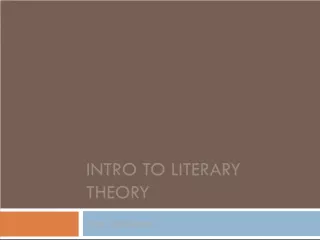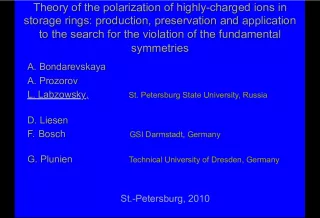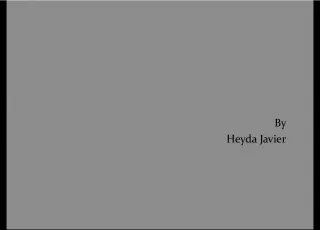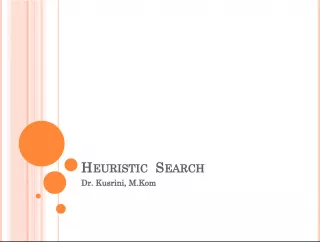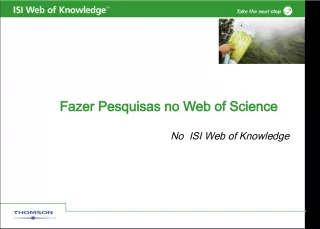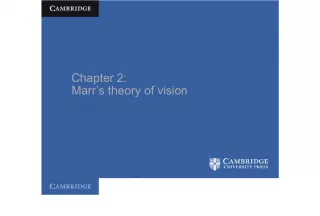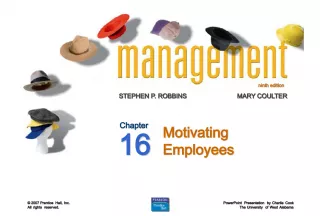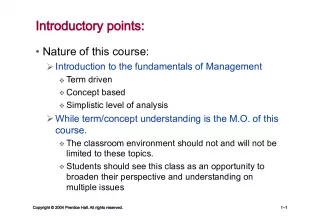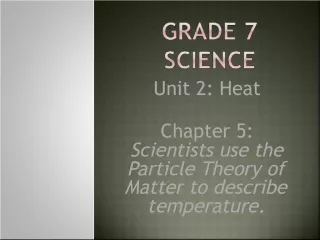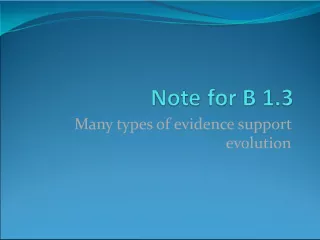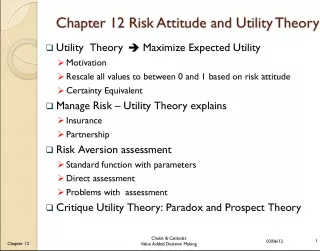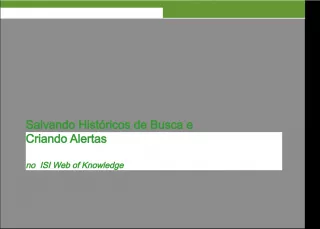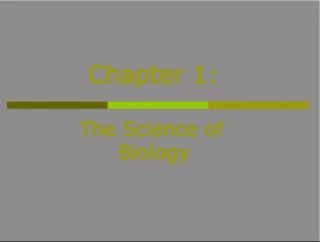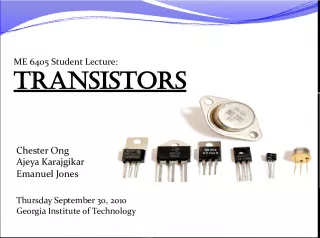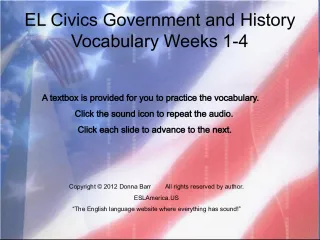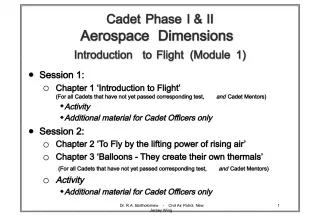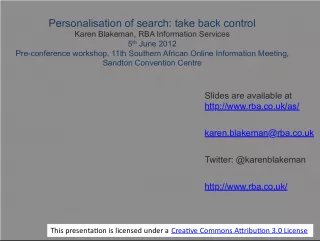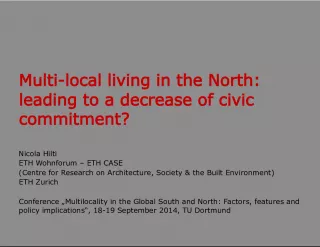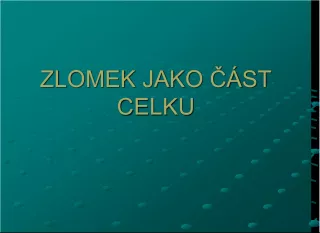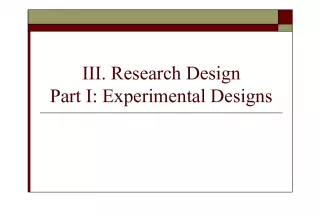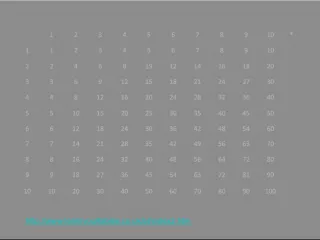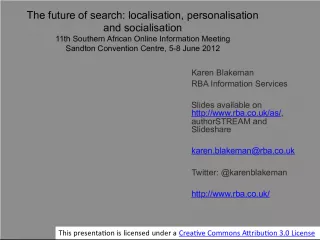Art Fundamentals: Theory and Practice - An Introduction to the Need and Search for Art
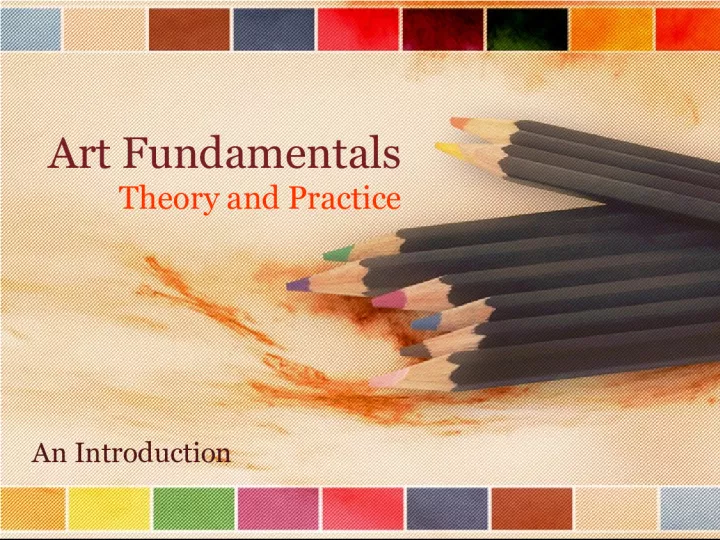

In this book, author and art critic Sheldon Cheney explores the meaning and fundamentals of art. He defines art as the formal expression of a conceived
- Uploaded on | 0 Views
-
 liam
liam
About Art Fundamentals: Theory and Practice - An Introduction to the Need and Search for Art
PowerPoint presentation about 'Art Fundamentals: Theory and Practice - An Introduction to the Need and Search for Art'. This presentation describes the topic on In this book, author and art critic Sheldon Cheney explores the meaning and fundamentals of art. He defines art as the formal expression of a conceived. The key topics included in this slideshow are . Download this presentation absolutely free.
Presentation Transcript
Slide1Art FundamentalsTheory and Practice An Introduction
Slide2The Need and Search for Art• What does ART mean? – Art is the formal expression of a conceived image or imagined conception in terms of a given medium – Sheldon Cheney American author & art critic • What are the FUNDAMENTALS of Art? – The fundamentals are the Basics or “Ingredients” of art- subject, form, and content. • Subject- a person, a thing, or an idea (the “what”) • Form- the organization and arrangement of visual elements that develop unity in an artwork (the “how”) • Content- the emotional and intellectual message of an artwork (the “why”)
Slide3Subject- a person, a thing, or an idea (the “what”) • A person or thing may be recognizable to the average observer, but an idea may not be • In abstract or semi-abstract works the subject may be somewhat perceivable or familiar • In nonobjective works, the subject is the idea behind the form of the work, and it communicates with those who can read the language of form • A work of art should be judged not by its subject alone but rather by how that subject is treated. The Ingredients of Art: SUBJECT
Slide4Leroy Neiman Lights of Broadway Piet Mondrian Broadway Boogie Woogie 1942-43 Oil Paint
Slide5Form- the organization and arrangement of visual elements that develop unity in an artwork (the “how”). Form has various meanings when discussing art. • When applied to sculpture, form refers to the essence of the sculpture as expressed in its total organization • A sculpture’s appearance is a result of the use of the elements of line, texture, color, shape, and value and their relationship to the principles of harmony and variety. • Even when applied to two-dimensional work, form al organization involves all the visual devices available in the materials the artist uses to create the artwork. • Using these devices, effective artists arrange and manipulate their materials to convey what is being expressed. • An artist employs the principles of form to create meaning in structure The Ingredients of Art: FORM
Slide6Native American totem pole Ketchikan, AlaskaFrank Stella Ragga II 1970
Slide7Content- the emotional and intellectual message of an artwork (the “why”) • This can be a statement, expression, or mood found in the work by the observer, ideally attuned to the artist’s intentions. • For some, content is confined to associations produced by familiar objects or ideas. However this limits those observers to art that expresses familiar experiences. For example… • The development of the content of an artwork generally follows a certain course: • The artist is motivated by feelings about a subject (the “what”) • He or she then manipulates the artistic elements (line, shape, color, texture, etc.) to create a kind of form (the “how”) • That will result in the desired content (the “why”). The content expresses the artists feelings The Ingredients of Art: CONTENT
Slide8Mr. Valentin posing on a bench made ofnickels at the Storm King Sculpture Park Egyptian funeral
Slide9TRANSITIONAL PAGE
Slide10Template Provided Bywww.animationfactory.com 500,000 Downloadable PowerPoint Templates, Animated Clip Art, Backgrounds and Videos
